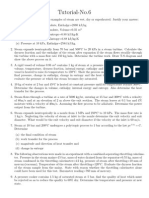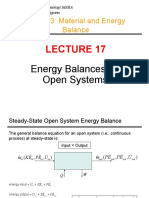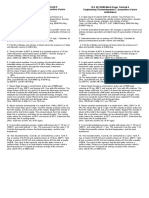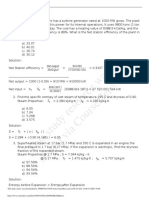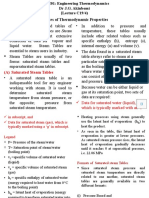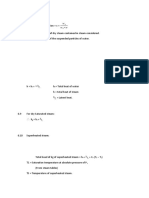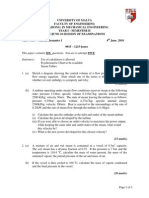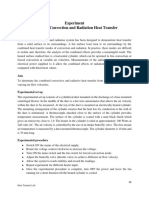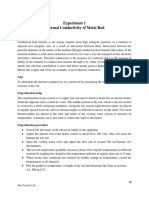0% found this document useful (0 votes)
39 views1 page03 Tutorial01
The document outlines a tutorial for ME4002D Thermal Engineering II, focusing on the use of steam tables to solve various thermodynamic problems related to steam and water. It includes calculations for saturation properties, enthalpy, entropy, specific volume, and work output from turbines under different conditions. The tutorial provides practical applications of steam properties in engineering scenarios.
Uploaded by
Vidhya NairCopyright
© © All Rights Reserved
We take content rights seriously. If you suspect this is your content, claim it here.
Available Formats
Download as DOCX, PDF, TXT or read online on Scribd
0% found this document useful (0 votes)
39 views1 page03 Tutorial01
The document outlines a tutorial for ME4002D Thermal Engineering II, focusing on the use of steam tables to solve various thermodynamic problems related to steam and water. It includes calculations for saturation properties, enthalpy, entropy, specific volume, and work output from turbines under different conditions. The tutorial provides practical applications of steam properties in engineering scenarios.
Uploaded by
Vidhya NairCopyright
© © All Rights Reserved
We take content rights seriously. If you suspect this is your content, claim it here.
Available Formats
Download as DOCX, PDF, TXT or read online on Scribd
/ 1
